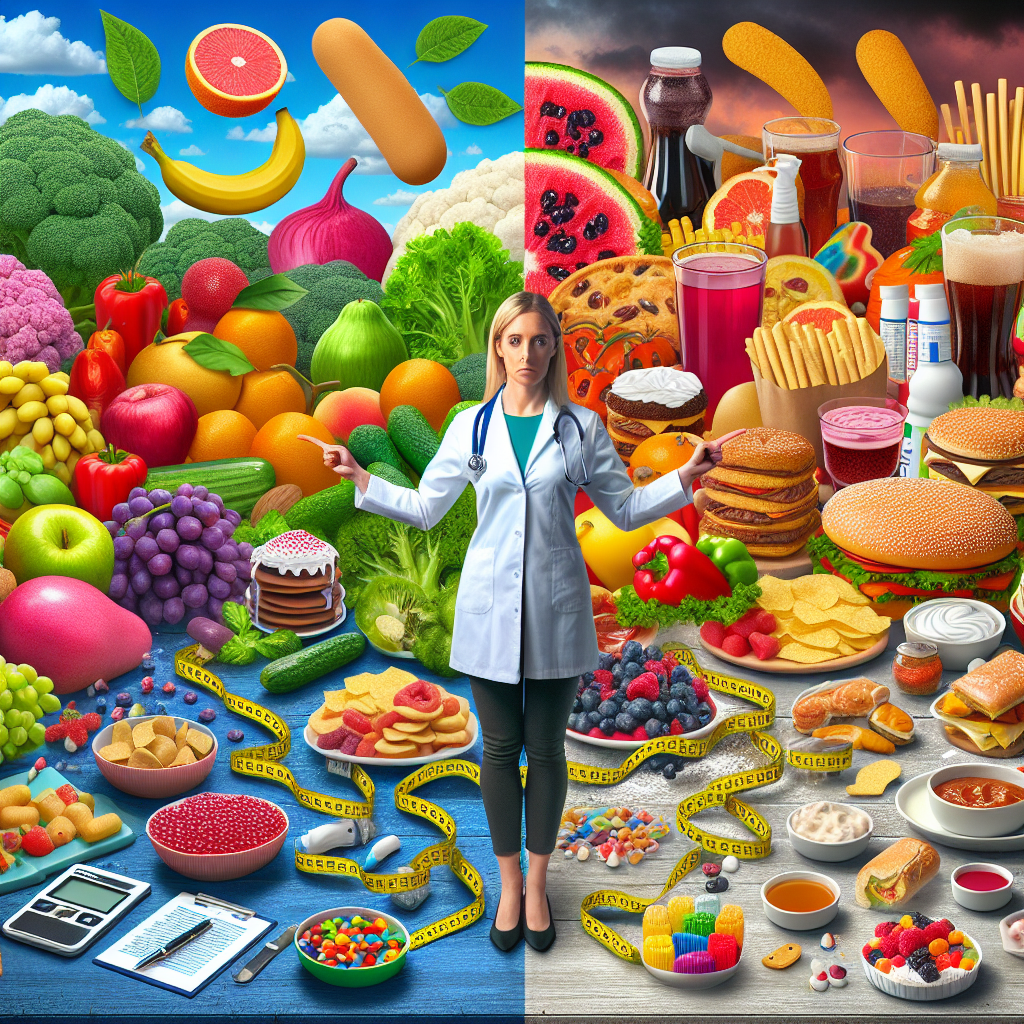A High total consumption of ultraprocessed foods (UPF) is associated with an increased risk of developing type 2 diabetes. This emerges from a large-scale analysis, which showed, however, that this risk only applies to some of these foods. The study by Dr. Zhangling Chen (Erasmus MC Rotterdam) and colleagues was recently published in the journal “Diabetes Care” .
When examining nearly 200,000 participants in three U.S. studies with a follow-up period of more than 5 million person-years, the scientists found that high consumption of UPF after statistical adjustment was associated with a 28% increased risk of type 2 diabetes.However, the increased risk was limited to certain UPFs, including ready meals, refined bread, sweetened beverages, and sauces and spices, while other foods considered UPF, such as cereals, black and whole wheat bread, and packaged sweet and savory snacks, were associated with a lower risk of diabetes.
Lead author Dr. Jean-Philippe Drouin-Chartier (Nutrition Center, Laval University, Quebec), said: “Although whole wheat breads can be considered highly processed foods, their consumption should not be discouraged. In our study, we found that eating whole wheat bread is inversely associated with the risk of type 2 diabetes. This is supported by many studies linking fiber consumption to better cardiometabolic health.”
Consumption of highly processed foods higher in the US than in Europe
The scientists point out that a handful of European studies have also found an association between UPF consumption and an increased risk of type 2 diabetes, with an effect ranging from 15% to 53%, depending on the level of consumption and the patient cohort studied.However, they note that the total intake of UPF in the U.S. is “much higher than in Europe,” especially in the case of highly processed breads and cereals, as well as artificially or sugar-sweetened beverages.
In the current study, they examined data from 71,781 women from the Nurses’ Health Study (NHS), 87,918 women from NHS II and 38,847 men from the Health Professional Follow-up Study (HPFS) who had no cardiovascular disease, cancer or diabetes at baseline.
In all three studies, questionnaires were completed every two years to gather demographic, lifestyle, and medical information, and every two to four years, a validated frequency questionnaire was used to assess participants’ dietary habits during the 30-year follow-up period.
Using the NOVA food classification system The questionnaire information was divided into four groups:
– Unprocessed or slightly processed foods
– Processed culinary ingredients
– Processed foods
The individual UPF intake was then determined based on the portions per day.Higher total UPF intake was associated with higher total energy intake, higher body mass index (BMI), and a higher prevalence of hypercholesterolemia and/or hypertension, as well as lower scores of healthy diet and physical activity. The scientists calculated that 19,503 cases of type 2 diabetes occurred in the three study cohorts over 5,187,678 person-years.
A multivariate analysis taking into account a number of potential risk factors, including BMI, found that in all three study cohorts, the highest quintile of UPF intake was associated with a significantly increased risk of type 2 diabetes. Compared to the lowest quintile of UPF intake, the hazard ratio for the occurrence of type 2 diabetes was 1.28 (P<0.0001), with a 3% increase in risk per additional serving per day. The UPFs associated with a higher risk of type 2 diabetes were as previously described and also included animal products and ready-to-eat mixed meals.
In contrast, consumption of UPF such as grain products, dark bread and whole wheat bread, packaged sweet and savory snacks, fruit-based products, and dairy-based yogurt and desserts was associated with a lower risk of type 2 diabetes.
To further validate their findings, the scientists conducted a meta-analysis of their own and four other studies, which included 415,554 participants and 21,932 events with a follow-up period of 3.4 to 32.0 years.
They found that the pooled relative risk of developing type 2 diabetes was 1.40 for the highest versus lowest UPF scores, with every 10 percent increase in total UPF intake associated with a 12 percent increase in diabetes risk.
Better access to minimally processed foods would be ideal
The NOVA food classification system states that UPFs are industrial formulations that are “made mostly or entirely with substance extracts from foods, often chemically modified, with additives, and with little or no addition of whole foods.”
A recent recent study questioned the value of the NOVA classification after it was found to be “inconsistent” in the classification of foods.However, previous studies have shown that UPF and its components can negatively affect the gut microbiota, causing systemic inflammation, insulin resistance, and increased body weight. Drouin-Chartier concluded: “There is a need to facilitate access to minimally processed foods. This includes reasonable pricing and physical access [to such food], i.e. the problem of food deserts must be addressed”.
This article was originally published on Medscape.com. It was translated by Dr. Petra Kittner.
This full text is unfortunately reserved for medical professionals
You have reached the maximum number of articles for unregistered visitors
Source – https://www.univadis.de/viewarticle/s/hochverarbeitete-lebensmittel-mit-erh%25C3%25B6htem-diabetes-2023a10005hs

